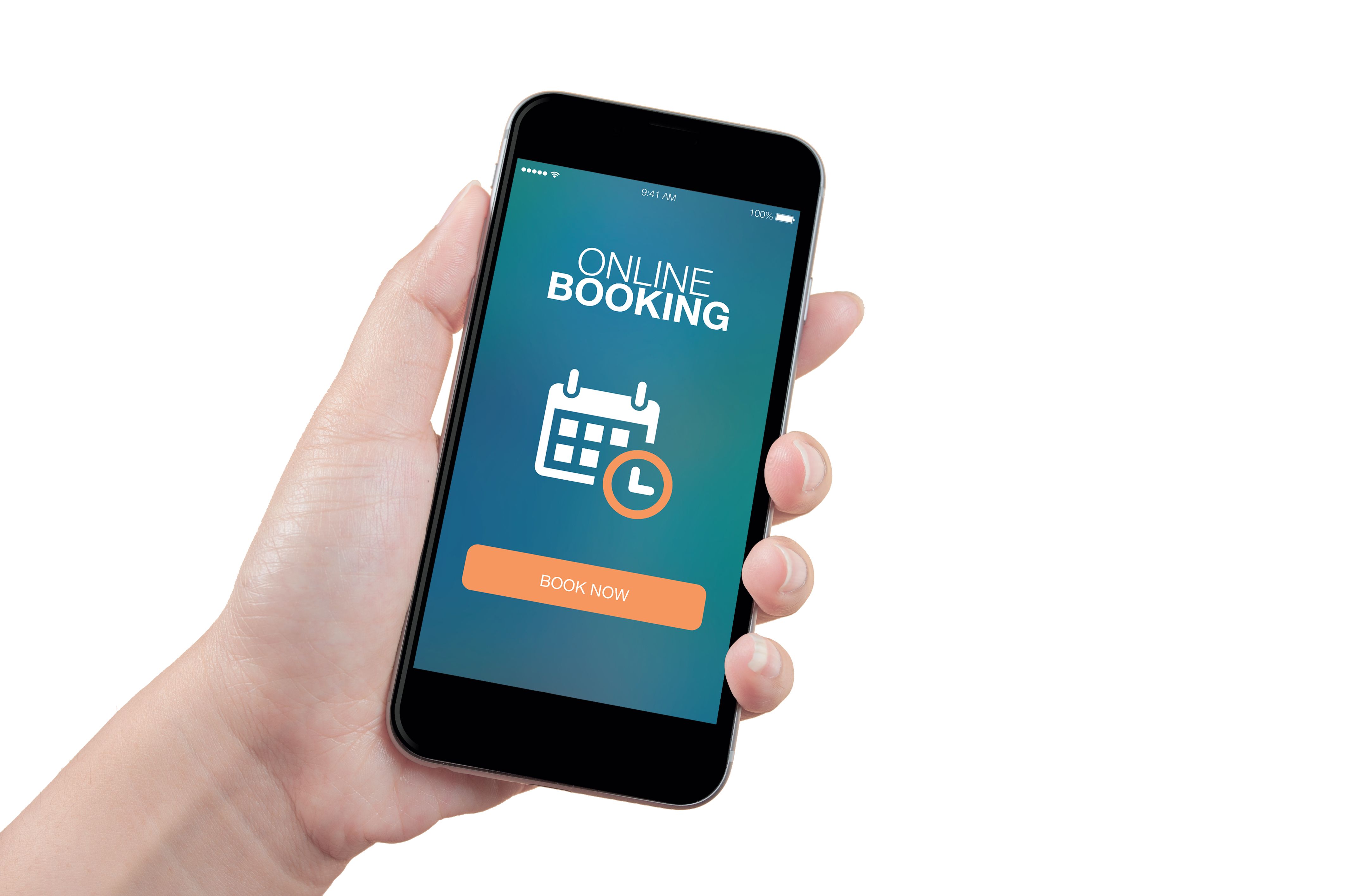Streamlining Your Booking Process: A Guide to Adding a Form
MS
Understanding the Importance of a Streamlined Booking Process
In today's fast-paced digital world, having a streamlined booking process is crucial for businesses in the service industry. Whether you’re managing a hotel, a spa, or a consulting firm, making it easy for customers to book your services online can significantly enhance customer satisfaction and increase your conversion rates. A cumbersome or confusing booking process can lead to lost sales and frustrated customers.
Integrating a well-designed booking form into your website is one of the most effective ways to streamline your booking process. It allows potential clients to easily schedule appointments, reserve rooms, or book services without the hassle of phone calls or back-and-forth emails. This not only saves time for your customers but also optimizes your business operations.

Planning Your Booking Form
Before diving into creating a booking form, it's essential to plan out what information you need from your clients. Consider the type of service you offer and what details are necessary to complete a booking. Common fields include name, contact information, date and time preferences, and specific service requests.
Additionally, think about any unique requirements your business might have. For instance, if you're running a restaurant, you might need to ask about dietary restrictions or special occasions. The goal is to gather all the relevant information upfront to avoid any miscommunication later.
Choosing the Right Tools
There are numerous tools available that can help you create an effective booking form. From free plugins to premium software solutions, the options are vast. When selecting a tool, consider factors such as ease of use, customization options, and integration capabilities with your existing systems.
Popular platforms like WordPress offer plugins that can be easily integrated into your website. Alternatively, specialized software like Calendly or Acuity Scheduling provides robust features specifically designed for scheduling and appointment management. Choose a tool that aligns with your business needs and budget.

Designing an Intuitive User Interface
The user interface (UI) of your booking form is critical to ensuring a seamless customer experience. A cluttered or complicated form can deter users from completing their bookings. Keep the design clean and straightforward—use clear labels and concise instructions for each field.
Incorporating features like dropdown menus for selecting dates and times can simplify the process for users. Additionally, ensure that your form is mobile-friendly, as many customers will access it via their smartphones or tablets. A responsive design will help capture more bookings from on-the-go clients.
Testing and Optimization
Once your booking form is set up, it's vital to test it thoroughly. Check for any technical issues such as broken links or error messages. It's also beneficial to conduct usability testing with actual users to identify any areas of confusion or potential bottlenecks in the process.

After launching your form, continue to monitor its performance and gather feedback from users. Use analytics tools to track conversion rates and identify any drop-off points where users might abandon the form. This data can guide you in making necessary adjustments to further streamline the booking process.
Encouraging Customer Engagement
A well-designed booking form not only facilitates bookings but also enhances customer engagement. Consider adding automated confirmation emails and reminders to keep clients informed about their appointments. This proactive communication helps reduce no-shows and builds trust with your customers.
Furthermore, offering incentives such as discounts for online bookings can encourage more customers to use the online form rather than calling in, ultimately freeing up staff time and resources.
Conclusion: Enhancing Your Business Efficiency
Implementing a streamlined booking form on your website is a strategic move that can significantly improve your business efficiency and customer satisfaction. By investing in the right tools and design practices, you can create a seamless booking experience that meets the needs of both your business and your clients.
Stay committed to optimizing your booking process as your business grows, ensuring that it remains a valuable asset in driving success and enhancing client relationships.